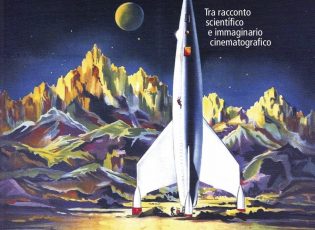Bibliography by Hamelin and Sara Ricciardi
Last but not least, we thought of add a substantial bibliography of illustrated albums and other books, edited by Schermi e Lavagne/ Dipartimento educativo della Fondazione Cineteca di Bologna, Associazione culturale Hamelin, and Sara Ricciardi of the Istituto Nazionale di Astrofisica. These books accompanied our laboratories and were a source of inspiration for many workshops and lessons. The cat and the Moon, William B. Yeats (poem) Nuno, salva la Luna, Marino Neri Pop-up Moon, Olivier Charbonnel, Annabelle Buxton Papa sur la Lune, Adrien Albert Moon, Britta Teckentrup L’heure de laLEGGI TUTTO

